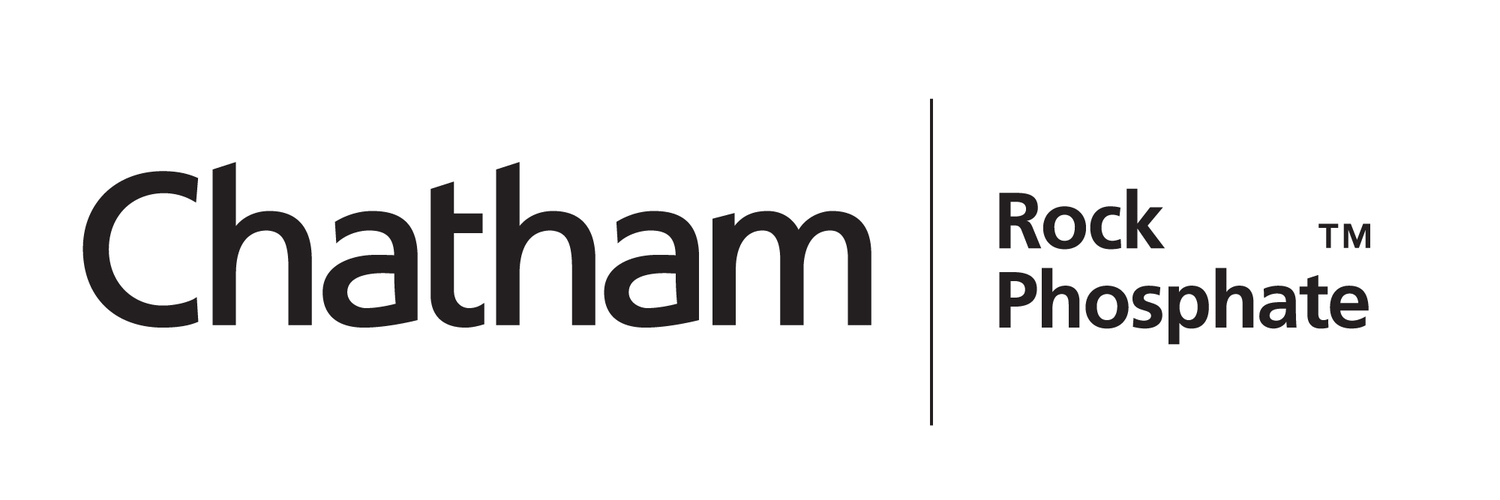Chatham Rise Rock Phosphate Project Valuation
/Rockpoint Corporate Finance has undertaken a preliminary feasibility study of the Chatham Rise phosphate resource contained within Mineral Prospecting Licence 50270 recently granted to the Widespread Energy/Widespread Portfolios joint venture.
This preliminary study confirms that commercial development of the resource is a realistic possibility.
However, further scientific studies are required to satisfactorily establish the extent and distribution of the resource, engineering and environmental studies to develop and refine the recovery system, and market studies to assess supply to both domestic and export markets.
The Widespread Joint Venture and Rockpoint have considered the appraisal work programme required to address outstanding issues leading up to an investment decision. Rockpoint has advised the Joint Venture that, based on its central assumptions and the risk parameters leading up to an investment decision, the current valuation of the project is $20.9 million. This valuation is effectively the present value of the prospecting licence that the Widespread Joint Venture now holds.
The project valuation comprises two parts, the appraisal programme to point of investment decision, and then the value of the development project. The appraisal programme involves several stages, presenting numerous decision points, including:
- scientific studies, including further sampling and testing, to satisfactorily establish the extent and distribution of the resource;
- engineering studies to review, design and test recovery and separation systems;
- environmental studies to assess existing ecosystems and the impact of recovery operations;
- market studies to assess supply opportunities in both domestic and export markets; and
- financial modelling to establish project feasibility.
This appraisal programme could take up to four years, could cost over $30 million, and given the uncertainties being addressed, offers a realistic probability of a final investment decision to proceed of some 20%.
A financial model has been developed starting at the point of final investment decision and is based on initial estimates of all input parameters, estimates that will be progressively refined through the appraisal programme. The key elements of the model are:
- phosphate prices, derived from current market price ex- Morocco, and current shipping costs, assuming $223/tonne;
- reserves of 30 million tonnes based on existing estimates (Cullen Report), with recovery rates of 700,000 tonnes annually (implying half of domestic market), giving a 40 year project life;
- capital costs of $65 million, based on specialist equipment to be provided by global dredging company Jan De Nul, in addition to development of land-based port receival, separation and storage facilities;
- operating costs of $117 million annually, based on estimates provided by Jan De Nul Group combined with port, separation, storage and marketing costs; and
- these assumptions imply annual tax paid earnings of approximately $30 million throughout the 40 year project life.
The project, from final investment decision, is considered to be viable across a wide range of likely scenarios. While the base case assumptions are considered conservative, the $20.9 million current valuation (derived by discounting the project to reflect the uncertainties to be overcome before the final investment decision) should be considered speculative given the appraisal programme is addressing material uncertainties spanning scientific, engineering, environmental and market issues.
Effect of Project Valuation on Widespread Energy (WEN) and Widespread Portfolios (WID) Balance Sheets
The Chatham Rise Rock Phosphate Joint Venture is held by WEN (90%) and WID (10%). As 20% of WEN is held 20% by WID, WID has a further indirect interest of 18% in the Joint Venture.
The Rockpoint independent valuation of the project has not yet been adopted as the carrying value of this asset in the financial statements of WEN and WID, but if it were that would have the following effects on the balance sheets of the two companies:
- WEN’s reported net assets (as at 31 March 2010) would increase by $18.75 million to $19.9 million
- WID’s reported net assets (as at 31 March 2010) would increase by $5.84 million to $10.68 million
On behalf of the Board
Chris Castle
Onekaka, 25 May 2010







 +64 21 5581985
+64 21 5581985 chris@crpl.co.nz
chris@crpl.co.nz PhosphateKing
PhosphateKing